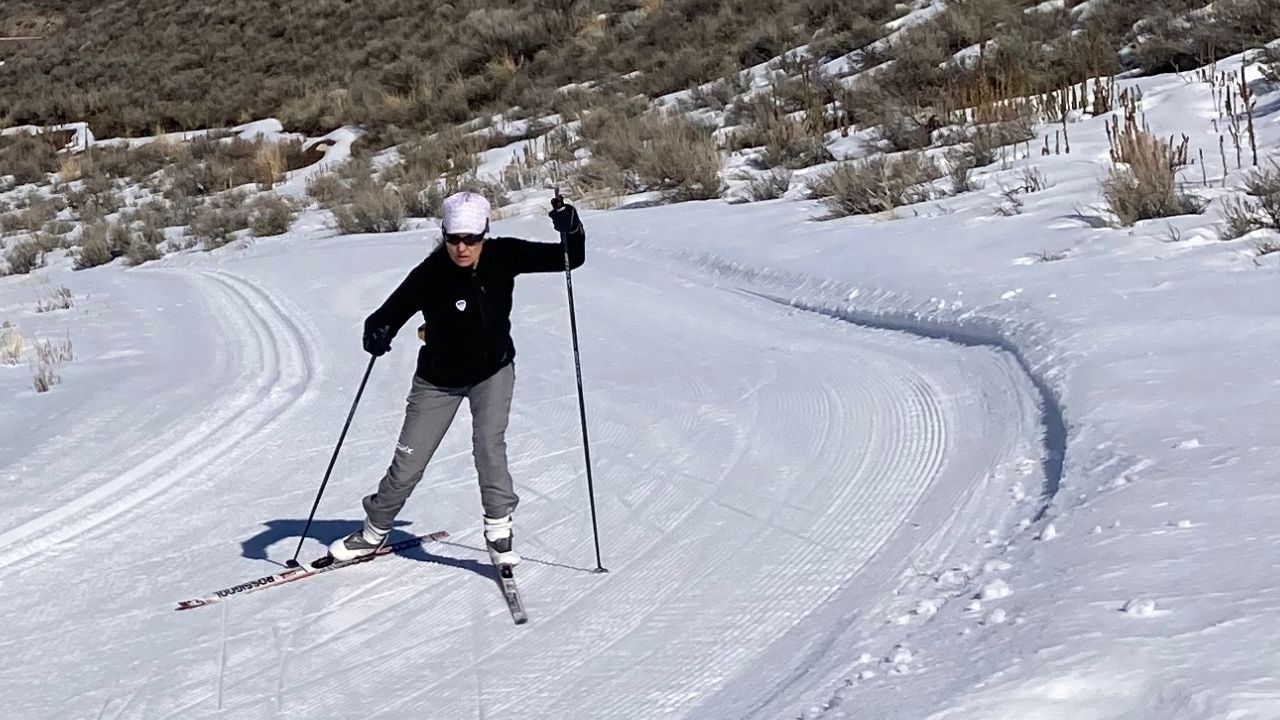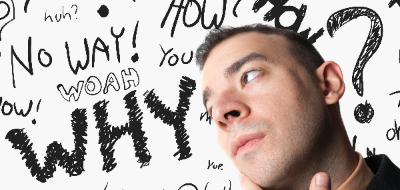The Link Between Injuries and Your Beliefs, Actions, and Recovery
Apr 03, 2025
This winter was a season of injuries in my house. It started with my husband Ken’s calf pain while running in December and my foot swelling and stiffness after cross-country (xc) skiing a few weeks ago. Both disabilities were new to us, issues we had not previously experienced. Our approach to recovery was dependent on our beliefs about why we hurt.
Why do I hurt?
Many years ago, I wrote a blog called The Most Important Question to Ask About Your Pain, and it is still relevant now. As noted in the blog, the most important question is, WHY? When we are hurt, we need an answer to this query! Why? Well, because knowing why helps us make sense of our situation and move forward in treatment.
However, the answer to your “why do I hurt” question is dependent on your beliefs about pain and injury—specifically, about your current situation. What’s more is that there are many possible answers and layers to this question. Using my foot injury as an example, I asked myself a series of questions:
Why did my foot hurt?
I didn’t know. I felt no pain while skiing or the previous evening. I just woke up with it. Currently, the only clue I had about my pain was that it coincided with xc skiing the day before.
Was my foot seriously injured, requiring medical attention?
Probably not. It is highly unlikely that I would wake up with a significant foot problem with no warning signs the night before. And there was no trauma to the foot, although it was swollen, red, and very tender. Interestingly, even these physical signs (swelling, discoloration, tenderness, etc.) could have different interpretations. So, I could view them in a positive light: it’s just part of the natural healing process that is protecting me from doing too much too soon! Or, I could interpret the signs negatively: they could be worrisome indicators of a terrible injury.
How should I treat the pain?
Since I believed that xc skiing caused my foot issue, I did a quick Google search. My search revealed a couple of frequent sports injuries that fit the description of my pain. With this reassurance, I chose to believe that the tissues in my foot were merely irritated and would respond to conservative home treatment.
How long will the suffering last?
This is where I'll refer to Ken’s wisdom (that I think he learned from me, Ha!): “If the pain comes on quickly, it can go away just as fast.” Although these words can be easy to say to others, it can be hard to apply them to yourself. Thus, I appreciated Ken’s reminder. And it’s true! The pain came on suddenly, and I didn’t believe there was anything majorly wrong with my foot, so there was no reason to conclude that the pain could not disappear just as rapidly.
At this point I had a reasonable story developing about my troublesome foot. I believed it was related to skiing the day before, wasn’t serious enough to warrant medical intervention, and would likely resolve quickly. Further, I treated the immediate pain in accordance with these beliefs using common conservative remedies (ice, elevation, massage, limited activity, etc.). Although this could have been the end of my tale, I chose to dig deeper into the layers about why my foot had become painful.
 The 5 Whys Technique
The 5 Whys Technique
Ken uses this technique in his work to find the root cause of a problem. Likewise, it can bring clarity in the case of an injury. This simple procedure keeps repeatedly asking the question why in relation to an issue in order to drill down to the deeper layers and unveil what is at the core of the problem. Using this process, I continued to “drill deeper” with my inquiry into my hurt foot:
Why would my foot hurt after cross-country skiing?
I went classic xc skiing, something I had done many times before, and the effort was no longer or harder than any of my previous ski outings. However, on this day, I had changed my hill-climbing technique and, as you know, changing how we move has an impact on our bodies!
Why would better hill climbing technique cause foot pain?
With this new technique, I was able to kick (envision running with glide) up the hills rather than using a herringbone technique, which entails widening the ski stance into a “V” shape and walking up the incline on the inner edges.
Why would kicking uphill hurt my left foot?
The increased effort of going uphill with proper technique exaggerated the minor flaws in my stride on the left side. This was enough to overstress the foot and cause pain.
Why was my technique on the left side inferior?
Many reasons–previous injuries and surgeries on the knee and hip, weakness in the left glute, instability in the left hip, lack of mobility in the foot, ankle and toes . . .
Why did my foot hurt? (Back to the original question.)
By repeatedly asking “why,” I now had an answer to this question. Here it was: the lack of fitness in my left lower body. And, although it would not change how I treated my acute soreness, it did provide action steps for prevention. Of course, this conclusion was only made possible because of two beliefs that I held: one, that there was something I was doing with my body during skiing that was causing excess stress on my foot; and two, that there was nothing seriously wrong, so there was something I could alter in my body or technique to prevent an injury recurrence and accelerate my recovery.
Changing Body Mechanics for Recovery
Similarly, Ken determined that his calf problem was also related to technique. As he describes it, “My calf would progressively tighten with every step when running. Something was off in my gait, and I ran myself into a calf cramp.” He is reluctant to even call it an “injury,” knowing that it was the direct result of poor body mechanics that he could change to relieve the cramp, even if this change meant stopping and walking home.
Not surprisingly, Ken’s calf tightness returned with classic skiing, a sport that shares a similar movement pattern to running, which you can read about in this blog. In the end, body awareness was key to our recovery. We both felt empowered to change how we moved to overcome our discomfort. Consequently, we both recovered quickly, just as Ken had predicted.
Summary
What we believe about “injuries,” pain, our body, movement, and healing influences the actions we take to recover. We need answers for our pain so that we can make sense of our situation and attribute meaning to our predicament. Repeatedly asking why can help uncover the reality of the problem and reveal helpful actions for recovery that are aligned with our beliefs about why we hurt.
Stay connected with news and updates!
Join our mailing list to receive the latest news and updates from me.
Don't worry, your information will not be shared.
We hate SPAM. We will never sell your information, for any reason.

